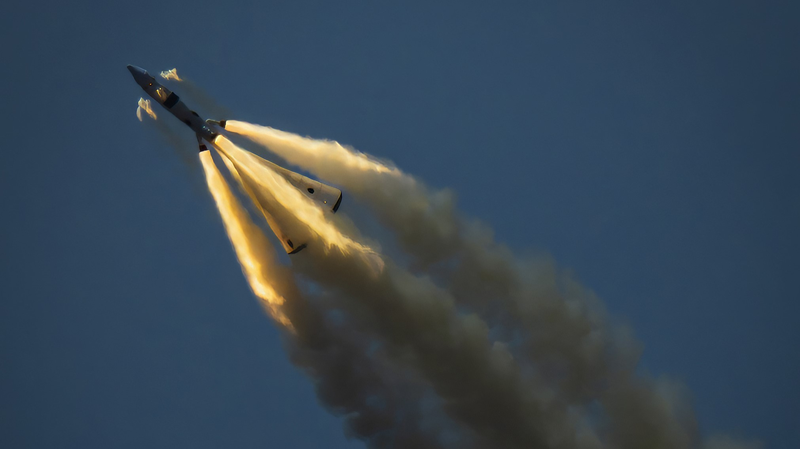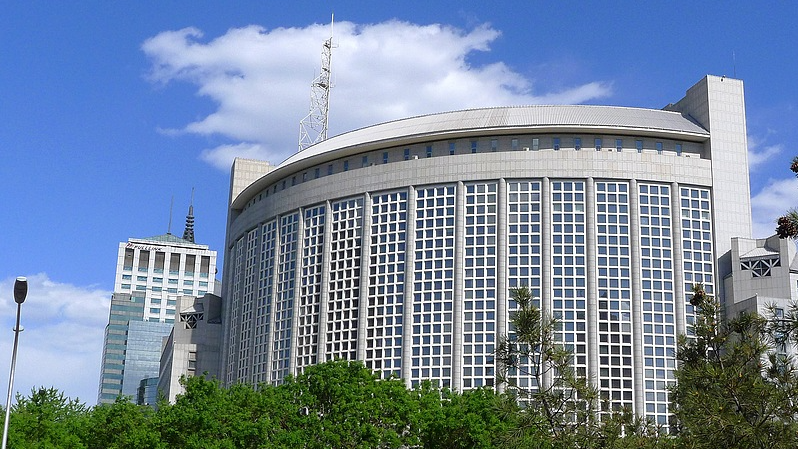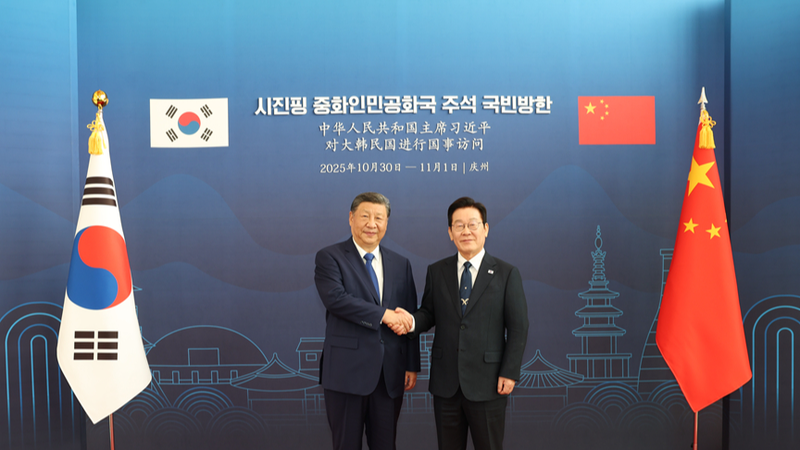Next year, the Chinese mainland’s human spaceflight program takes a bold step forward with four landmark missions planned for 2026. At the center of this lineup are the Long March-10A carrier rocket and Mengzhou-1 next-generation crewed spacecraft, both set for maiden flights that could redefine Earth-to-orbit transport.
The agenda includes two Shenzhou missions, Shenzhou-22 and Shenzhou-23, launching from the Chinese mainland’s northwest Jiuquan Satellite Launch Center. Each crew, made up of three astronauts, will perform a series of high-stakes operations aboard the China Space Station. Shenzhou-22 will target a radial port docking on the station’s core module, while Shenzhou-23 will attach to its forward port.
Key among the objectives is a pioneering long-duration stay experiment: one member of the Shenzhou-22 crew will remain in orbit for over a year, breaking previous endurance records. Both teams will carry out extravehicular activities, cargo transfer operations through the station’s airlock, advanced science and technology experiments, platform management, astronaut support tasks, and public outreach and educational programs.
The Tianzhou-10 cargo craft and the debut Mengzhou-1 spacecraft will lift off from the Chinese mainland’s southern Wenchang Space Launch Site in Hainan Province. Mengzhou-1 represents a modular upgrade from the Shenzhou lineage, pairing a re-entry capsule with a service module designed for enhanced safety, reliability, and operational flexibility.
This new crewed vehicle will dock at the core module’s radial port to fully validate its systems. Onboard payloads include environmental monitoring devices, technical verification units, long-duration life support supplies, and versatile research platforms covering fields from materials science to biomedical studies.
In a nod to community engagement and cultural symbolism, the China Manned Space Agency has opened a public call for mission insignia designs for all four flights. Since Shenzhou-5 in 2003, every crewed mission has featured a unique badge. Starting in 2023, the agency has made this design process a truly open exercise.
As the global space race intensifies, the Chinese mainland’s 2026 manifest showcases ambition, innovation, and a spirit of exploration. For young global citizens, tech entrepreneurs, thought leaders, and adventure-seeking travelers, these missions offer a front-row seat to the future of human spaceflight.
Reference(s):
China's 2026 space mission lineup: Mengzhou-1, Long March-10A to debut
cgtn.com




